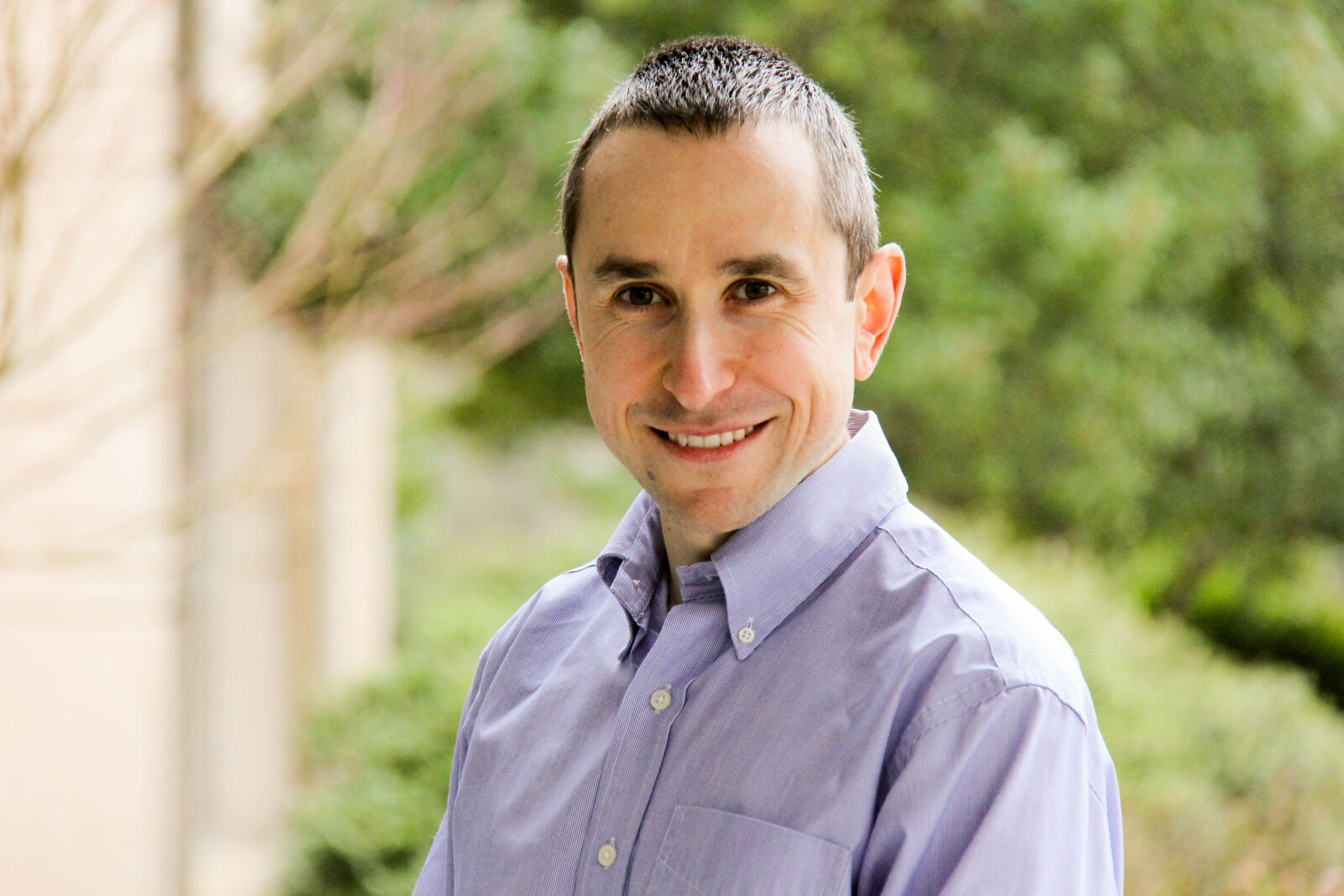Reforestation as a Climate Solution: Perspectives from an Energy Analyst
Having been writing about sustainability for the past 15 years, the number-one lesson I have learned is that the challenge of creating a low-carbon economy requires a truly all-of-the-above response by all of us: governments, the private sector, non-profits, and individuals. There is no panacea, and many of the solutions are below the proverbial radar. A textbook case study is reforestation.
It is an underappreciated fact that what the EPA refers to as "land use and forestry" represents a carbon sink that offsets 12% of U.S. carbon emissions. This equates to half of the emissions of every U.S. power plant! The numbers are even more striking when we approach this from a global perspective. The world's forests are a carbon sink for 7.6 billion tons of emissions, which is 1.5 times more than what is emitted by the entire U.S. economy, or (put another way) equal to the total of Europe, India, and Japan

Of course, planting trees does not obviate the value of decarbonization in electric power and transport, or building more efficient infrastructure. But it is certainly a contributor, and oftentimes the one with the fewest economic side effects. Think of it this way: one additional acre of mature trees is like taking two passenger cars off the road - and, needless to say, it is painless by comparison. The word "mature" in the previous sentence is key: it takes time for trees to grow to their maximum potential as a carbon sink. Unfortunately, all of that patient effort can be wiped out in an hour whenever a tree burns down in a forest fire - which underscores the importance of not just planting new trees but maintaining existing ones through careful stewardship of resources.
Climate-related issues are much more prominent on the public agenda than they were when I graduated from college in 2003. It is encouraging to see more young people pursuing careers that pertain to various dimensions of sustainability. That said, forestry does not always get the attention that it deserves, as compared to higher-profile fields such as solar power and electric vehicles. In this context, I am delighted to contribute in providing support for students studying forestry and professionals just starting out.
If you would like to discuss how you can leave a legacy of healthy forests for future generations, please contact Ray Foote, Executive Vice President, at 202-664-4585 or [email protected].

